Mostly Mute Monday: Stunning Visualizations Of The Milky Way’s Magnetic Field
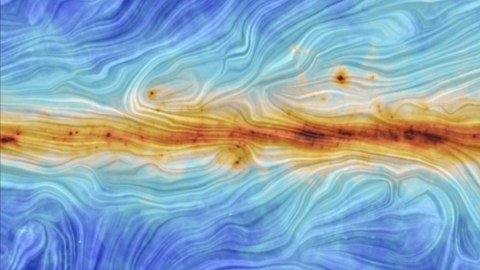
The Planck satellite measures the polarization of light, inferring our galaxy’s magnetic field. The result is spectacular art.
“It is true that we are made of dust. And the world is also made of dust. But the dust has motes rising.” –Muhammad Iqbal
Over six years ago, the Planck satellite was launched into space, poised to measure the entire sky in nine different microwave frequencies.

While huge features in the Milky Way became apparent, like gas, dust and stars, Planck’s goal was to measure beyond that.

By measuring not only the absolute temperature of different directions in the sky, but the relative temperature differences, we were able to construct the most accurate map ever of the Cosmic Microwave Background (CMB) radiation: the leftover glow from the Big Bang.
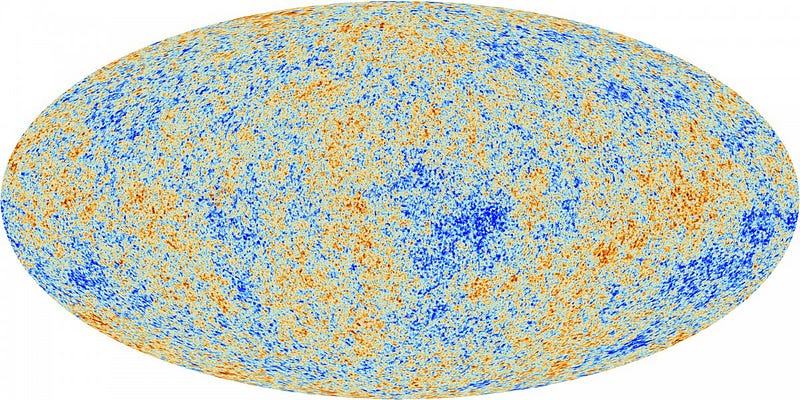
But everything that we subtracted out — our galaxy — holds a slew of information on its own.

From the light’s polarization, we can reconstruct the galaxy’s magnetic field. And by superimposing it over the foreground emission map, we can see for the first time how our galaxy’s structure and magnetic field are interrelated.
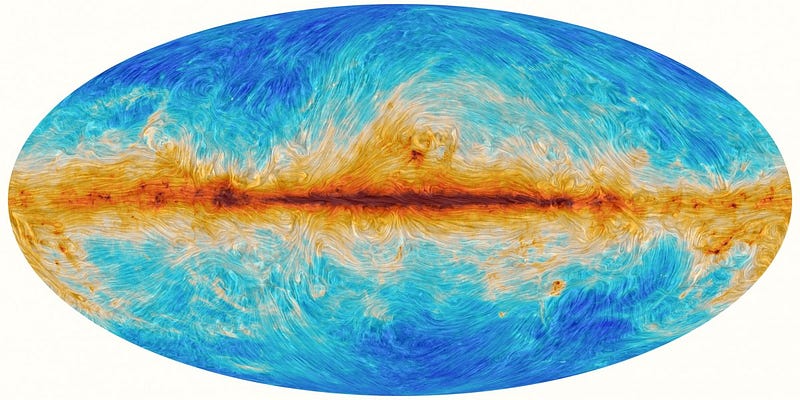
What we found was an intricate relationship between dust grains — the precursors to stars — and the giant magnetic structures we find, some of which extend for over a thousand light years in diameter.
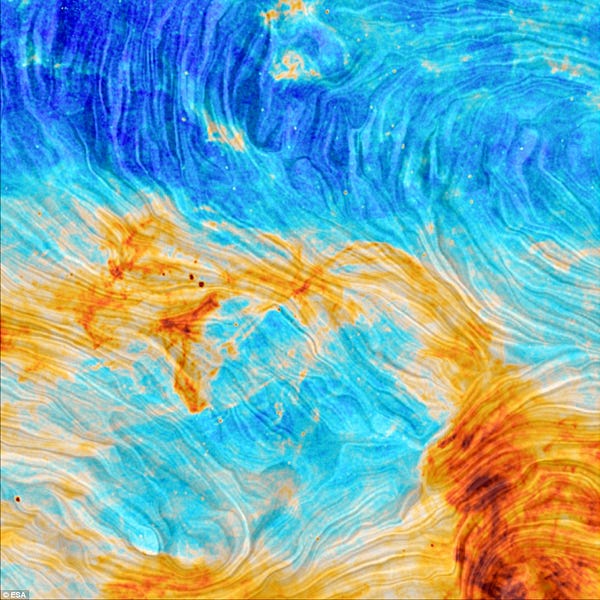
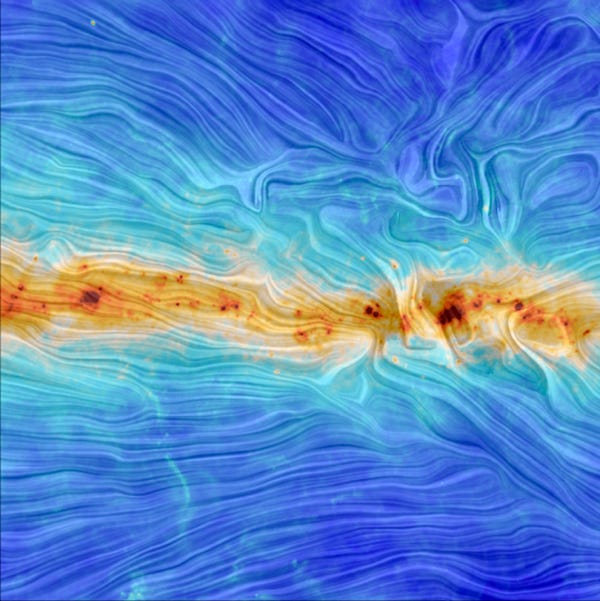
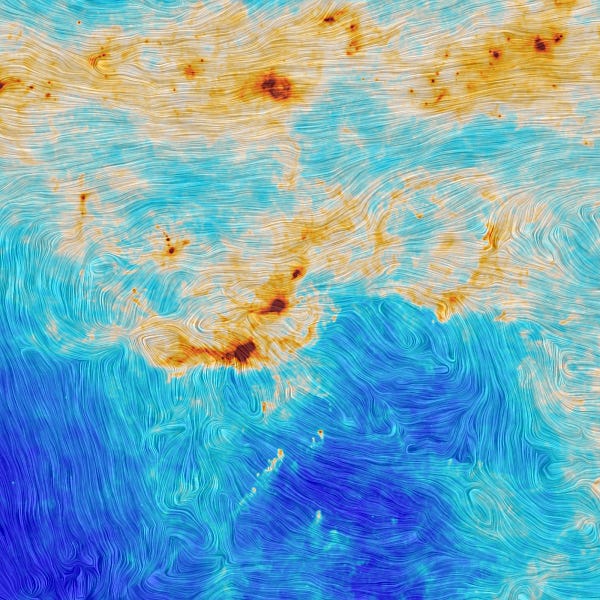
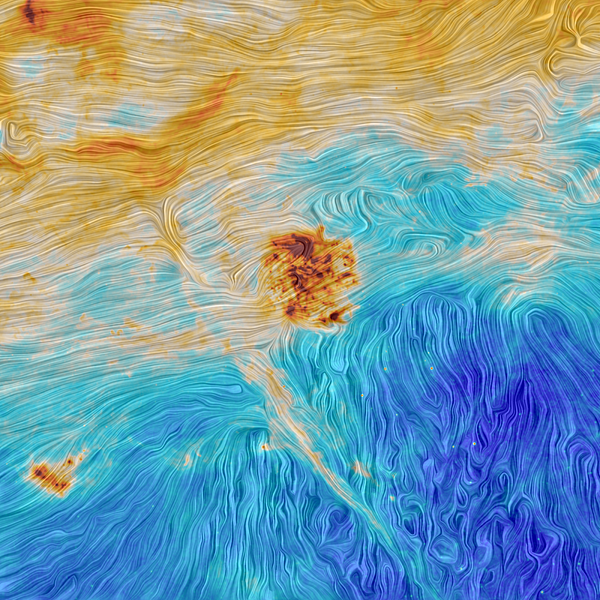
Even the most distant light in the Universe must pass through our galaxy before it reaches us, providing a unique source of cosmic information.
Mostly Mute Monday tells the story of a single astronomical phenomenon or object in visuals, images, video and no more than 200 words.
Leave your comments on our forum, help Starts With A Bang! deliver more rewards on Patreon, and pre-order our first book, Beyond The Galaxy, today!





